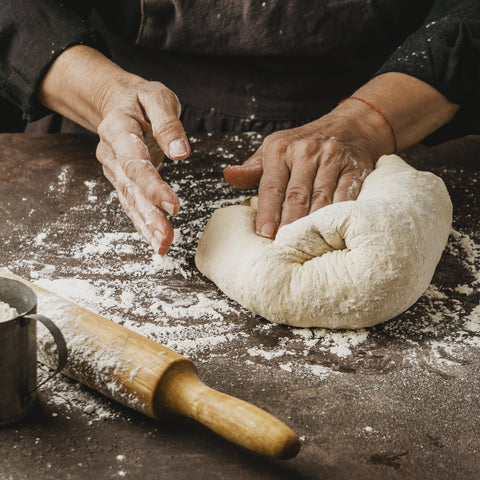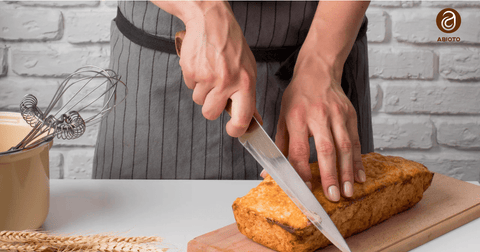What does the word "proofing" mean in relation to bread?
Baking the dough after it has risen is a crucial step in the bread-making process. In addition to encouraging the development of gluten, this step guarantees that the bread has the right texture and structure. Placing dough on a baking sheet or in an oven and allowing it to rise until it doubles in size is the most common method of proving dough. However, a banneton, a specialized proofing basket, is the best tool for producing professional-looking artisan breads.
Bread gets its structure and texture from the gluten that forms in the dough during the proving phase.
For bakers, underproofed dough produces dense, heavy loaves.
Bread made with overproofed dough is excessively light and fragile.
How important is proofreading?
Bread gets its structure and texture from the gluten that forms in the dough during the proving phase.
For bakers, underproofed dough produces dense, heavy loaves.
Bread made with overproofed dough is excessively light and fragile.
Explain what a proofing basket is
Usually made of rattan or wood pulp, a proving basket aids in shaping the dough as it rises.
By forming beautiful patterns on the bread's surface, the unique design and permeable material give your baked loaves bakery-quality results.
Making Use of a Proofing Basket
-
The dough should be rolled out.
-
Place the dough in the proving basket once it has been mixed.
-
Cover the dough with plastic wrap or a fresh dish towel to keep it from rolling out.
-
The dough must be allowed to rise in a warm location until it has doubled in size.
-
Line an oiled baking sheet with the dough and bake according to the recipe.
Using Flour to Make a Unique Banneton
-
For a nonstick finish, sprinkle the inside with rice flour or all-purpose flour.
-
Before dusting, you could gently moisten the contents of the basket to make sure everything is covered as an extra precaution.
Examining the Decline of the Banneton
-
Remove the covering gently.
-
Flip the banneton over and place it on a baking sheet or tin that has been prepared.
-
Because of the high risk of fire, you should never use a proofing basket while baking.
Cleaning Advice for Your Banneton
-
Remove Extra Flour: After every use, shake off any excess flour.
-
Complete Cleaning: To remove stubborn residue, occasionally use cold water and a strong brush.
-
Fully Dry: To stop mold from growing, place the banneton in a hot oven to air dry it out.
Our favorite of all the available proofing basket sets is the Abioto model. It possesses:
-
The round or oval proofing basket has liners.
-
To make mixing dough easier, use a Danish whisk.
-
To facilitate working with the dough, use dough scrapers.
-
Use a bread lame to create lovely scoring designs.
-
The Abioto all-in-one baking kit will revolutionize the way you make bread.




Comments (0)
There are no comments for this article. Be the first one to leave a message!